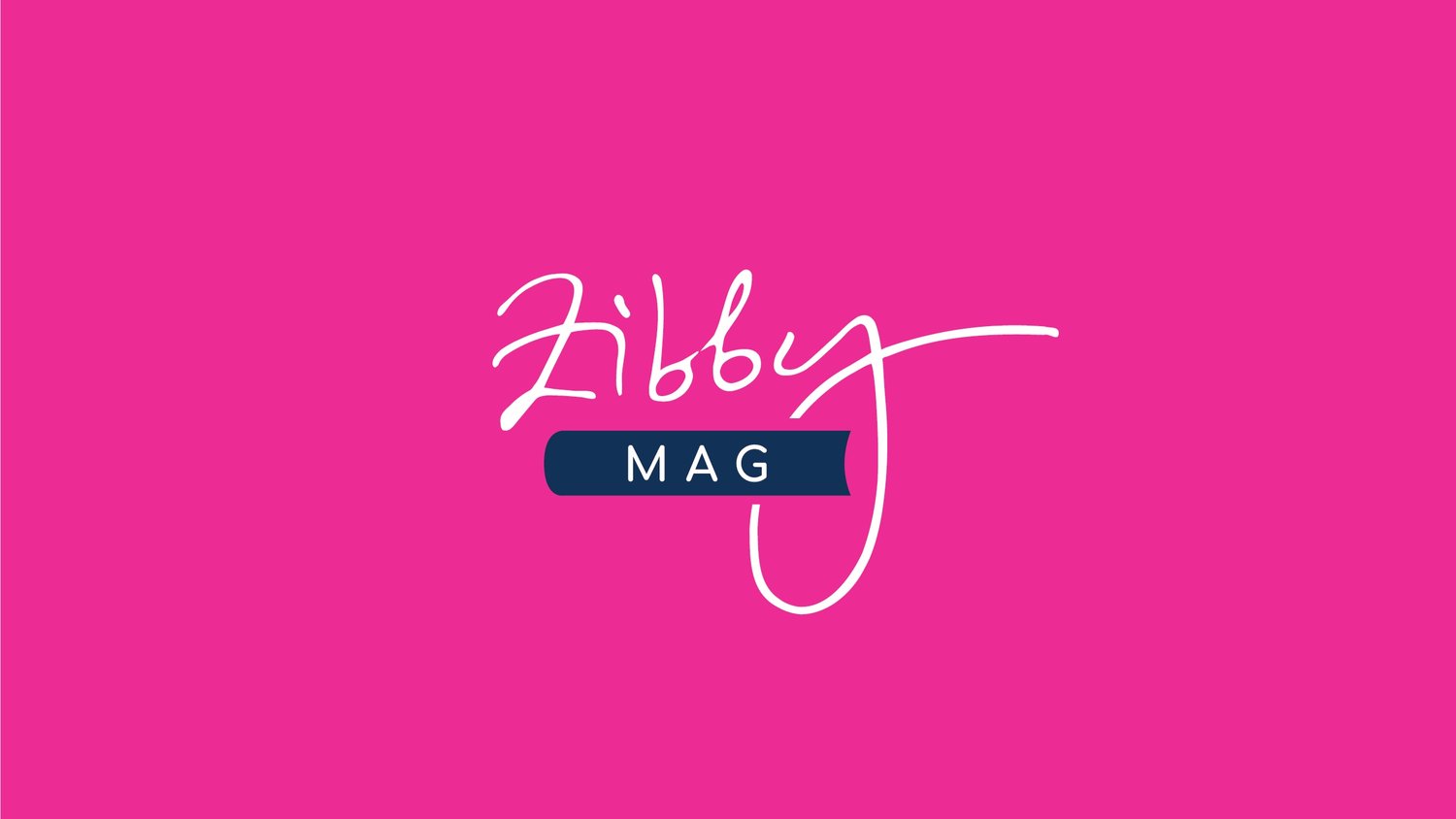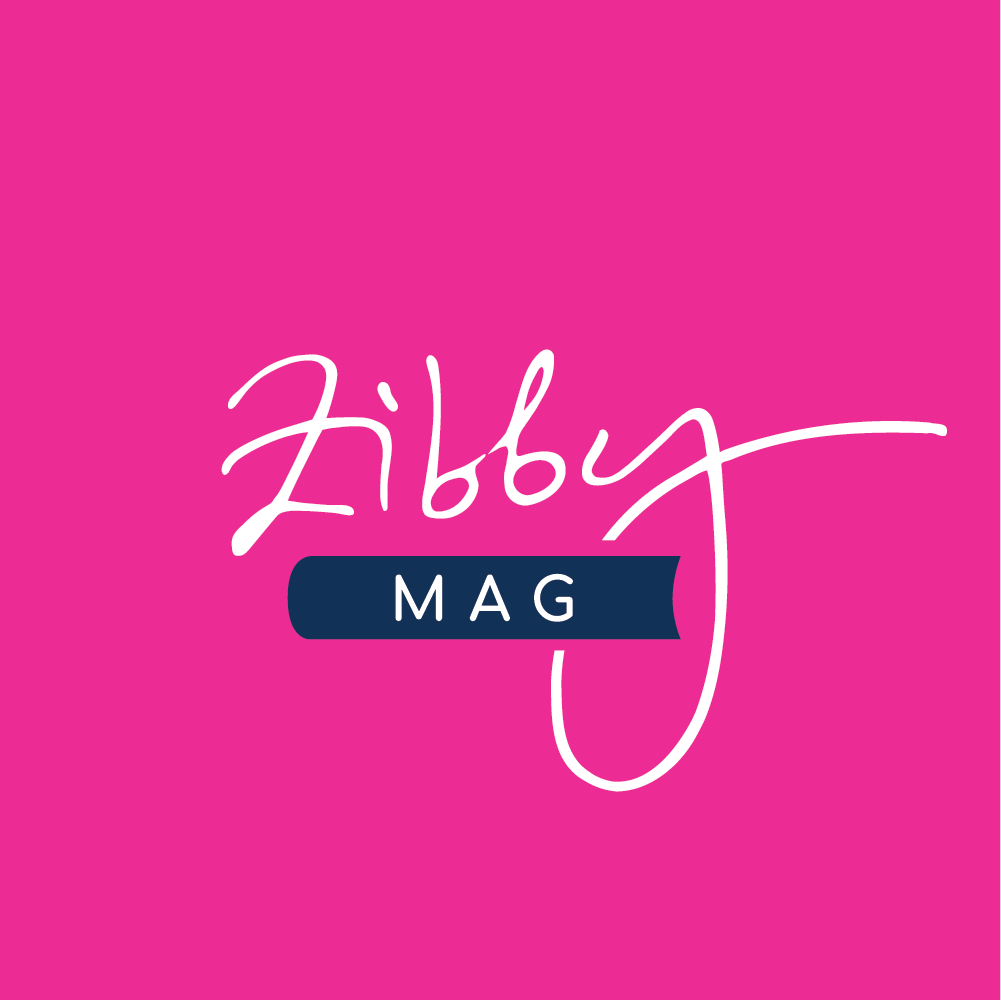How Creating My LinkedIn Profile Made Me Feel Like a Writer Again
By Sarah Robertson
It seemed like an almost impossible goal for a mother of four who has been out of work for 14 years. A former journalist, I was ready to start writing. I wanted to broaden my network and clarify who I was — or at least who I wanted to be — professionally. So I decided to create a LinkedIn page. But how could I create a dynamic, high-impact profile as “CEO of family in Brooklyn?” And was I emotionally ready to face the massive hole in my resume as I stared at the blank page?
As it turns out, I needed help. So I called a friend, Margaret Gerety, a Harvard-trained lawyer who now helps job seekers create resumes and Linkedin Pages. “You can be a therapist too as I sort through my professional life,” I joked with her. She quickly put up her boundaries. “No, there’s a career coach for that.”
Instead of letting me talk in circles, Gerety was action-oriented. She kept me on task, producing my LinkedIn page in two weeks with several drafts and interviews in between. She listened to the way I explained my experiences and made sense of them, seeing trends and priorities from the way I had spent my time. “Instead of having clients fill out massive forms, my process is more iterative. I listen to what sounds good and feel the energy through the phone.”
The experience did more than just create a LinkedIn page that makes me feel professionally legit. Unlike any other coaching work I have done in the past, it helped me set my priorities and envision my future self. I discovered I wanted to focus on writing about mindfulness and education. It helped me see what volunteer work I really cared about. It gave me the confidence to go public with who I want to be rather than keeping those aspirations private dreams I wasn’t confident enough to articulate.
Here is what I learned along the way:
Portray Who You Aspire to Be
The words at the top of your profile — the first three very visible lines — are critical. To figure out what those should be, Margaret teased out what was most important to me by asking the questions: What would you be excited to talk about at a dinner party? And, what on your list of experiences would you be doing without your husband and kids? It became clear that I wanted to lead with “Freelance Writer” even though at this moment I still spend more time on volunteer work and family operations than writing. In other words, I decided to lead with what I want to be doing in the future.
Getting a headshot was also a powerful way of creating who I wanted to be. I created an image of myself looking professional — out of my yoga pants or jeans. And by hiring a friend to photograph me, I sent a signal to myself: you are worthy of a headshot.
Professional Tip: Make sure your profile shot is close-up so people can see it when browsing. “It also makes you look more accessible, and people find it easier to connect,” says Gerety.
Breaks Don’t Have to Leave a Gaping Hole
Part of my fear about LinkedIn was how to present my 14-year gap from working. But Gerety helped me showcase what I had accomplished during that time, even if it wasn’t for pay. She professionalized my volunteer work: “Recruitment and Communications Volunteer” at a charter school showed I had been part of a startup, creating the content for the Website and recruiting; “Co-chair of the Energy Committee” showed that I have leadership and knowledge. And she made sure to list certificates and other continuing education classes I had taken.
Gerety says that a client of hers recently listed “On Leave” as her job and “Primary caregiver for daughter” as her employer to describe over two years off to care for her young child. The “On Leave” feature is a new one that LinkedIn rolled out last spring. She started interviewing for jobs and folks actually mentioned it, telling her how “brave” it was to list her multi-year “break” as a separate experience on LinkedIn.
Professional Tip: Employers are looking at breaks differently post-Covid. “How we look at them collectively as a culture is changing,” says Gerety. “There is something larger going on. We realize that people on break are having conversations, learning about different fields, having zooms, getting credentials. If they are staying home to be with kids, that’s a whole different skill set they are applying. They are managing a house and organizing the lives of complex, constantly evolving human beings.”
Apply the Marie Kondo Method to Your LinkedIn Page
Gerety asked me to write everything I had ever done professionally and as a volunteer. Once we had it all laid out, it was time to cut and edit. I knew showcasing writing experiences was my first priority. I knew my focus was on education, mindfulness, and youth leadership. I started cutting most things that didn’t relate to those interests.
I founded an herbal tea company a few years ago but know I never want to start a food business again. I don’t want to network or get messages about that experience. So that’s not on my LinkedIn page. I realized I could showcase what I wanted and what was important to me — not every twist and turn my career had taken.
Professional Tip: Have a friend look over your resume or LinkedIn page and help you objectively make connections and pick out themes. Ask friends what you are most known for or what you are the “go-to” person for. Gerety says that your LinkedIn page should showcase “what professional values are important to you. Do you want to showcase how you have creative approaches? How do you tackle sticky technical problems or how do you work inside a team?”
Finally, it was time to share my LinkedIn page and push through the nerves of going public with my newfound professional self. That anxiety is quickly fading. After the page went live, friends immediately wrote to me with lots of unsolicited positive feedback. I feel a new legitimacy when people introduce me over email to new contacts and include a link to my LinkedIn Page.
Now, I am excited to start networking — in a new way. “Part of my work is demystifying what networking is,” says Gerety. “Networking can be reconnecting with people you know who have cool ideas and saying, ‘I just want to hear what you are doing.’”
I’m excited to start doing that again myself.
++
Sarah Robertson is a mother of four and a former staff writer for the Wall Street Journal. She has written for a wide variety of publications, including the New York Times, Elle Decor, Stanford Business Magazine, and Mindful Magazine.
She now has 53 connections on LinkedIn and counting.


